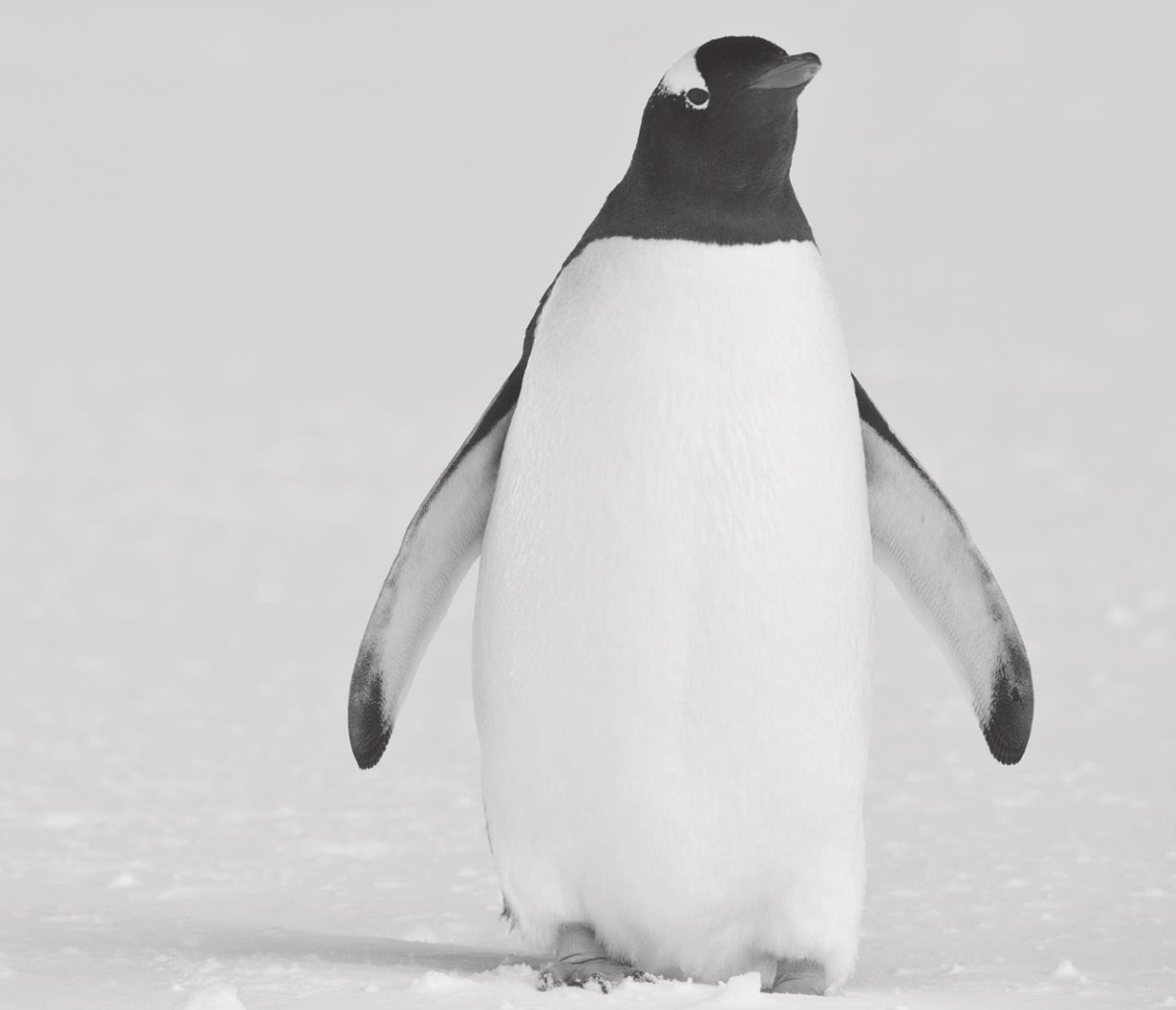

Surprisingly speedy. Photo from Metro Creative
EXPLORING NATURE: SPEED AND ENDURANCE
The world’s fastest land animal is the cheetah, capable of reaching 50 miles per hour in short sprints.
Amazingly, there is a fish that is even faster. The sailfish can swim 65 miles per hour for very short distances. And there is a bird that beats both cheetah and sailfish — the peregrine falcon can reach 200 miles per hour in a dive.
Another bird is also quite speedy — the spine-tailed swift can reach 100 miles per hour in level flight.
Speed, of course, is not everything. Another bird stands out for its sheer endurance. I refer to the male emperor penguin. This plucky bird experiences one of the most extreme hardships of any warmblooded animal.
On the Antarctic ice sheet, some 25,000 emperor penguins gather in one huge crowd each March and early April. They court and mate as winter approaches and the ice expands about two miles each day. By May or June, the female lays one egg which the male takes atop his feet and covers with his densely-feathered abdomen, careful to keep it off the lethal ice.
The female goes to sea to feed and the stoic male stands and incubates the egg. All the males huddle closer and closer together for warmth as winds howl at up to 100 miles per hour.
After 60 days, the egg hatches and the males feed the baby chicks a milky secretion from their beaks. Then the males slowly starve as they await the return of their mates.
After a three-month separation, the female returns with a full crop and feeds chunks of fish to the baby chick.
The long-suffering male walks (staggers?) to the sea and seeks out his first meal in four months! Then he returns and helps care for the chick. That’s dedication.











